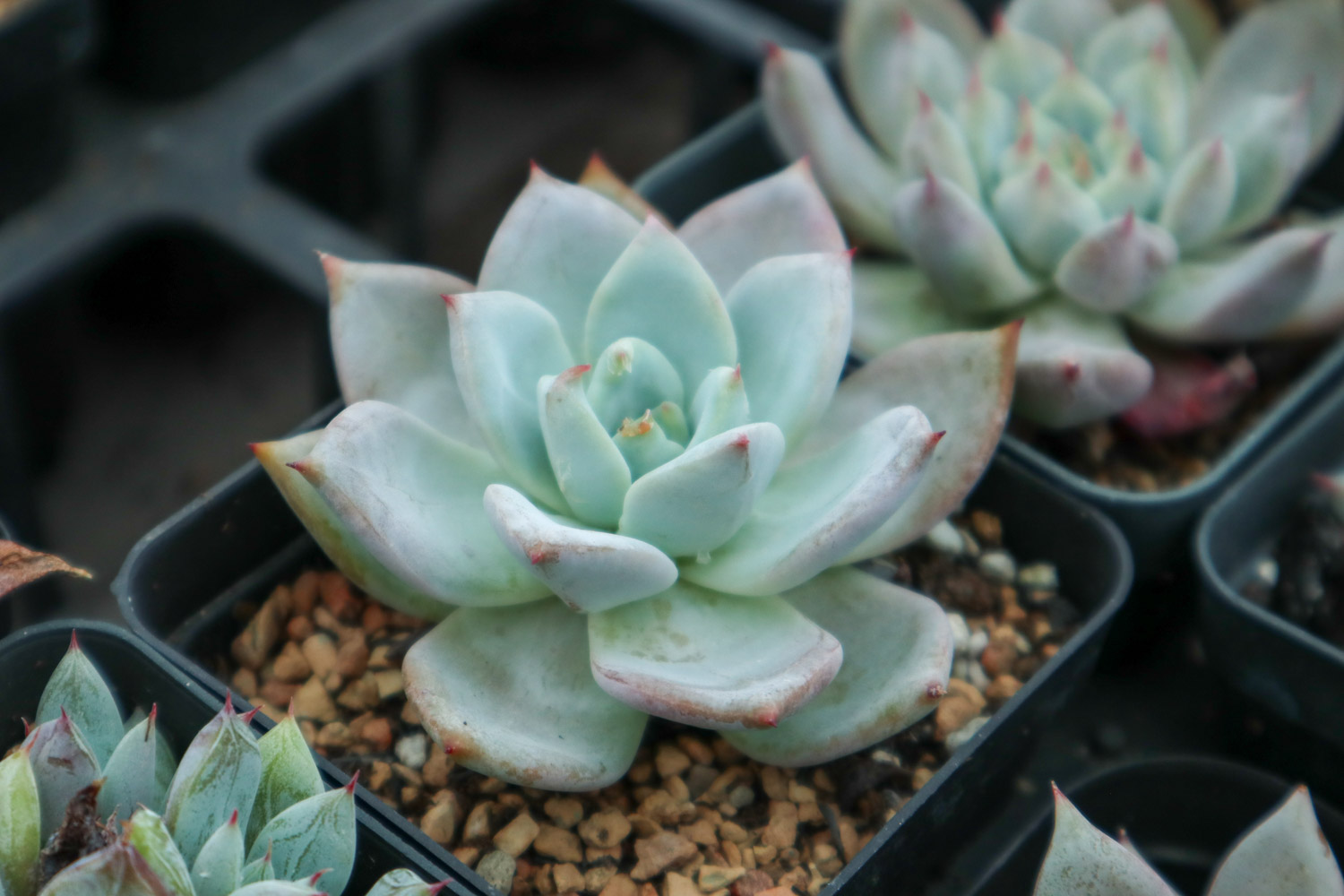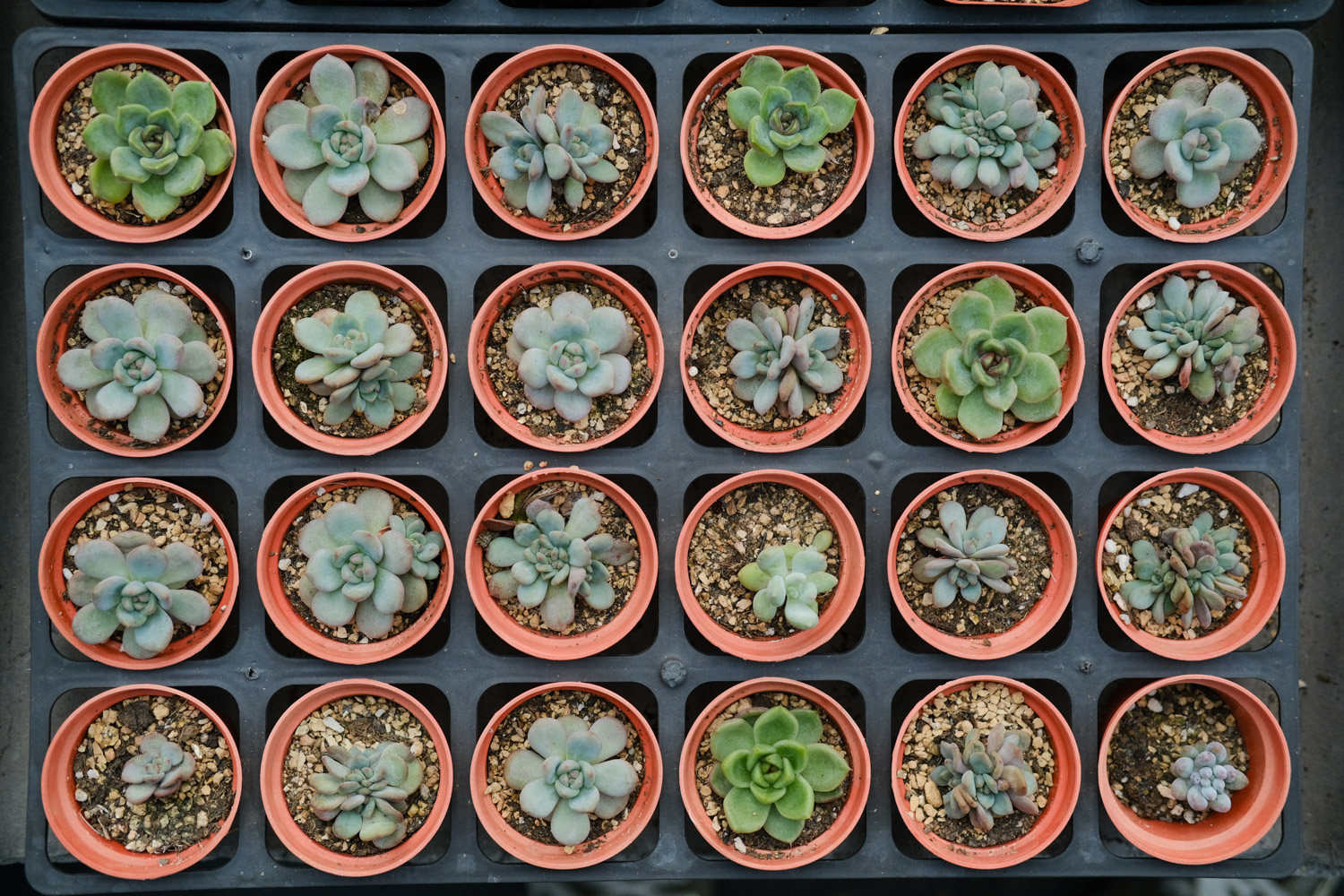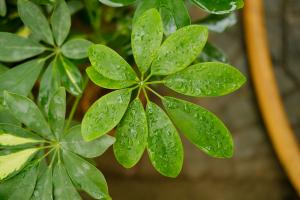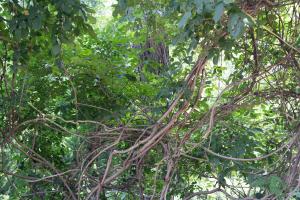1、 Fertilization time
Fertilization for meat is generally concentrated in the growth period, that is, spring and autumn. At this time, the climate is relatively mild, the plant growth and development is fast, and the demand for nutrients is also relatively large. In summer and winter, the plant will enter a dormant state, the absorption capacity will become weak, and the demand for nutrients will be reduced. At this time, it is not necessary to fertilize it, so as to avoid fertilizer accumulation and fertilizer damage

2、 Fertilizer selection
To fertilize meat, special fertilizer for meat is generally selected. The concentration of this proportioned fertilizer is often relatively low and will not cause damage to the plant. You can also use rotten organic fertilizer, which has a long effective cycle and can slowly release fertility. In addition, some foliar fertilizers are also very good, such as potassium dihydrogen phosphate, which can quickly supplement nutrients

3、 Fertilize
According to different types of fertilizers, fertilization methods are also different. Organic fertilizer is usually used as base fertilizer and needs to be laid at the bottom of the basin when it is put into the basin, so that it can continue to take effect. If solid fertilizer is to be applied during growth, the fertilizer needs to be buried in the soil, but away from the root. Liquid fertilizer can directly irrigate roots, which can generally replace watering. Foliar fertilizer is sprayed directly on the leaves and can also be absorbed quickly

4、 Precautions
The demand for fertilizer for meat is not high, and it is generally enough to apply it once a month. If the fertilizer is applied too often or the fertilizer is too thick, wash the basin soil with clean water and wash away the excess fertilizer. If the roots have been burned by concentrated fertilizer, the plants need to be removed from the pot and trimmed. After cutting off the rotten roots, put them in a cool and ventilated place, and replant them after the wound is dry

 how many times do yo...
how many times do yo... how many planted tre...
how many planted tre... how many pine trees ...
how many pine trees ... how many pecan trees...
how many pecan trees... how many plants comp...
how many plants comp... how many plants can ...
how many plants can ... how many plants and ...
how many plants and ... how many pepper plan...
how many pepper plan...





























